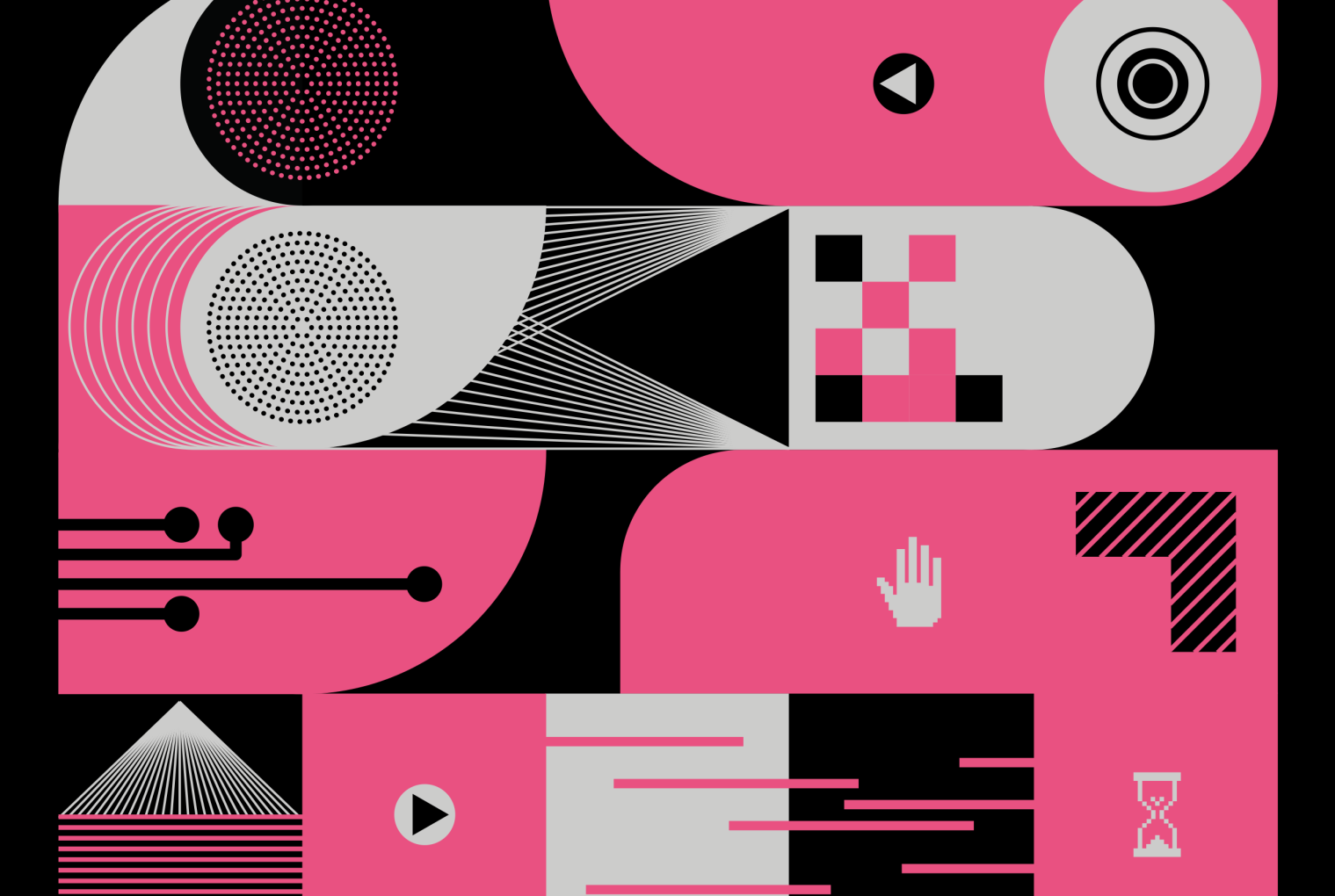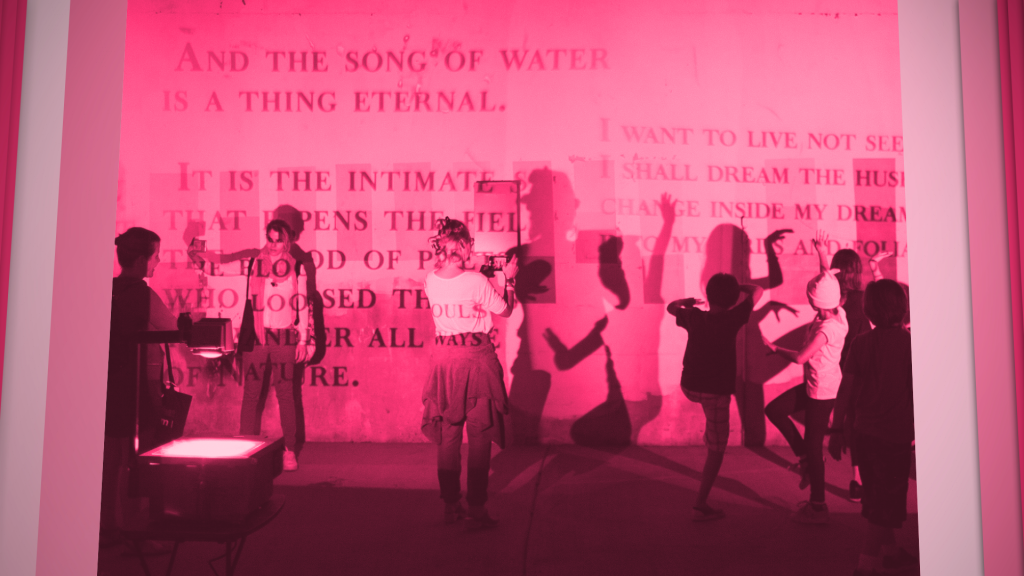
We asked arts organizations how they are using technology – here are some early answers
Leveraging technology to reach new audiences, deepen experiences and strengthen community connections
Arts and culture form the core of community by connecting people to place and to one another. We invest in arts and culture as part of our effort to build stronger, better informed and more engaged communities, which are critical for a more effective democracy.
Today, we find ourselves fully immersed in the digital age, where the lines between the physical and virtual worlds blur. Arts organizations have more opportunities than ever to harness the power of digital tools. These tools enable the creation, dissemination, and experience of art at a scale that was previously unimaginable, both in-person and online. Using these tools effectively and wisely is essential for the future sustainability of arts organizations.
Technology in arts organizations enables innovation and enterprise, enhances core operations and augments team capacity. It can be a tool to reach new audiences, deepen experiences and strengthen community connections. It is for this reason that our arts investments increasingly focus on supporting digital transformation in the arts.
Specifically, we focus on two areas:
- Discovery and exploration: Investments focused on creating new work, developing emerging practices and understanding the sector through fellowships, forums, research and critique.
- Digital infrastructure: Investments focused on increasing the overall capacity of arts organizations through support for planning, staffing and investments in technical infrastructure.
We seek opportunity by leveraging and accelerating existing momentum. We look for grantees who seek to advance their capabilities. Nonetheless, we have learned from experience that a single technology project or staff member is not likely to have a sustainable impact without important key organizational building blocks such as leadership, strategy and budget. We commissioned 8 Bridges Workshop, a consulting firm based in Saint Paul, Minnesota, to help us outline what some of those success factors have been. With them, we developed this Framework and Self-Assessment Tool and then asked 83 Knight grantees to take the Self-Assessment Tool in the summer of 2023. We had several objectives in mind: strengthening our understanding of and relationship to grantees and gaining insights into the impact of our digital infrastructure grants. The themes and insights we take away from the self-assessments are shared in this report.
How Knight will use the Framework and Self-Assessment Tool
The Framework will be used to help Knight make more informed decisions about its arts grantmaking, particularly where those decisions are related to digital infrastructure and increasing the capacity of the organizations we fund. It is not a screening tool, nor does it signify a formulaic approach to our grantmaking. It is but one factor of many that we examine when determining the impact of current grants or when exploring potential grants.
How arts organizations can use the Framework and Self-Assessment Tool
Our hope is that by mapping out several dimensions of digital maturity, arts organizations will think holistically about their overall digital capacity. The tool will enable arts organizations to identify areas of strength to build on and areas of opportunity for future planning and investment. This report will also help arts organizations understand where they stand related to peer organizations.
By sharing this report with the field, we hope to add to a national conversation about how arts organizations are using technology to increase impact on the communities they serve, both in-person and online. Please note, the results shared in this report summarize only the status of select arts organizations that receive Knight Foundation grants, so it is not representative of arts organizations nationally. Nonetheless, our hope is that the patterns and trends identified here can help those who care about the future of arts organizations to ensure they have the building blocks to grow their digital capabilities.
Recent Content
-
Artsarticle ·
-
Artsarticle ·
-
Artsarticle ·



